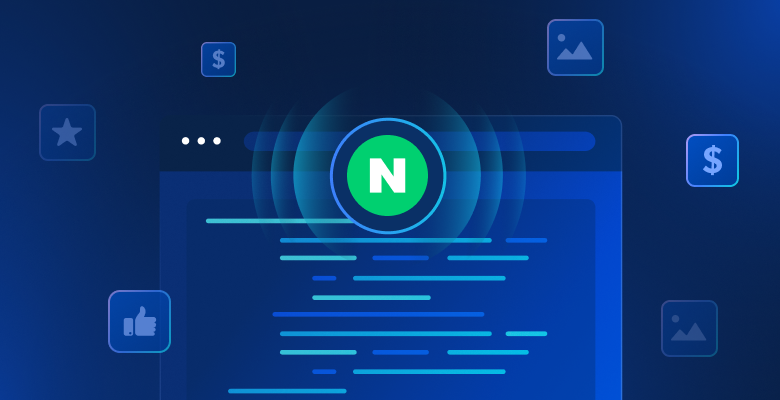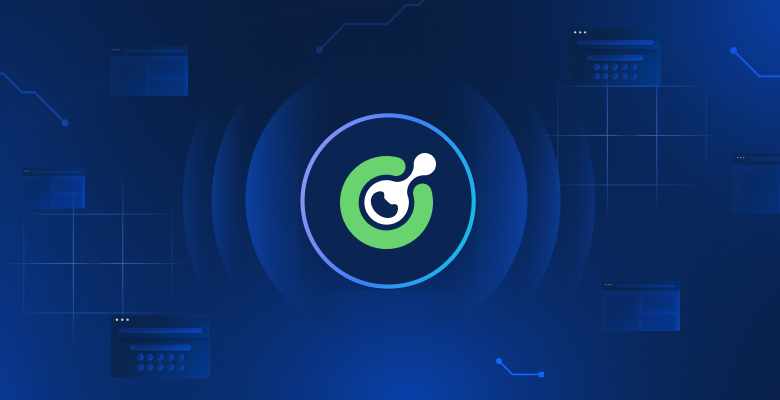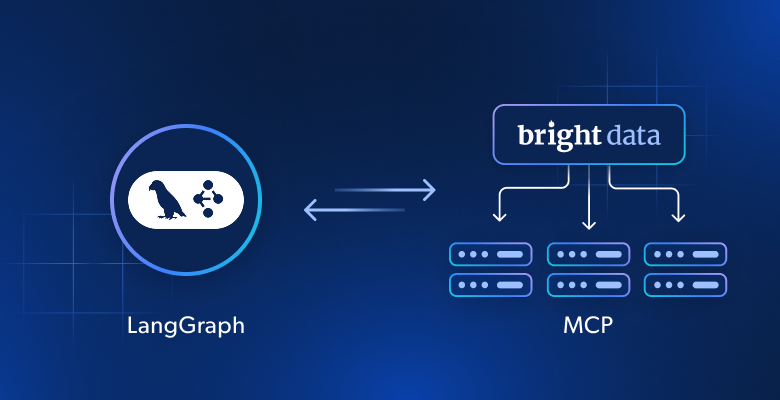In this article we will discuss:
- Gamifying human connection
- The data points behind algorithmic dating
- How companies are quantifying love and generating profits
Gamifying human connection
The last 5 years has seen the number of dating app users almost double from just under 200 million to a whopping 323 million over the course of 2021.
The number of dating app users globally: 2015-2021

The data points behind algorithmic dating
And with wide scale interest comes increased business opportunities. The digital dating industry is much broader than just a handful of dating apps. And the people looking for human connection are generating large troves of open source web data.
The journey to love often begins on a search engine
People who are new to the online dating scene will often go straight to their favorite search engine in order to begin their ‘user journey’. They may type in questions along the lines of:
- ‘Best online dating app’
- ‘How to find romance online’
- ‘Men looking to meet men’
- ‘Digital swinging forums’
Dating platforms like Tinder, Bumble, and Grinder can collect and analyze these search queries and use them as the basis for how they introduce new users to their products. Any of the above searches can easily be turned into the title of a blog post, YouTube video or forum discussion thread.
Are you actually in love if it has not been shared on social media?
People love sharing their ‘love’ relations on social media, whether it be a romantic weekend getaway in the Greek Isles or a Friday brunch at a beloved restaurant. Public posts often read along these lines:
- ‘Met my boo on Tinder – who would of thought!? XOXO’
- ‘Two math geeks in luv’
- ‘A summer romance to be remembered’
These posts can give businesses who are in the ‘industry of love’, a better understanding of what target audiences are looking for. Gen X’ers may be looking for short-lived romantic flings, while millennials may be searching for NSA (No Strings Attached) connections.
The things that people share as the catalyst for having brought them together, such as ‘math’, ‘music, or ‘traveling’ can help product developers better shape the User Experience (UX), for example. This can take the shape of new profile tags or ways in which apps connect people with similar interests.
How companies are quantifying love and generating profits
But data is not just generated by users rather also by competing entities. Companies with a stake in the dating space are collecting information about their competitors, including information regarding:
- Marketing campaigns
- Subscription pricing models
- User Interface (UI)
They are then able to take this information and optimize their own advertising, pricing, and UI to appeal to a broader audience. For example, one competitor may offer unlimited free messaging but charge extra in order to expand one’s geographic search for potential partners. While another limits the number of people one can contact daily but allows unlimited photo sharing. Collecting these data points can help apps improve their free versions while converting more users to paid subscriptions.
The bottom line
Open source web data is providing websites and applications in the dating industry with insights about what people are searching for, what they prefer to connect over, as well as how their competitors are operating.
But the scope of insights that can be garnered from online interactions utilizing open source data goes far beyond the dating industry.
Data is helping eCommerce companies understand consumer preferences, as well as when aiming to compete in real-time with competitor pricing. It is also informing investment houses of social sentiment towards publicly traded companies, as well as enhancing business’ capabilities to protect themselves against undesirable brand infringements, and brand dilution.
Don’t leave anything to chance.





